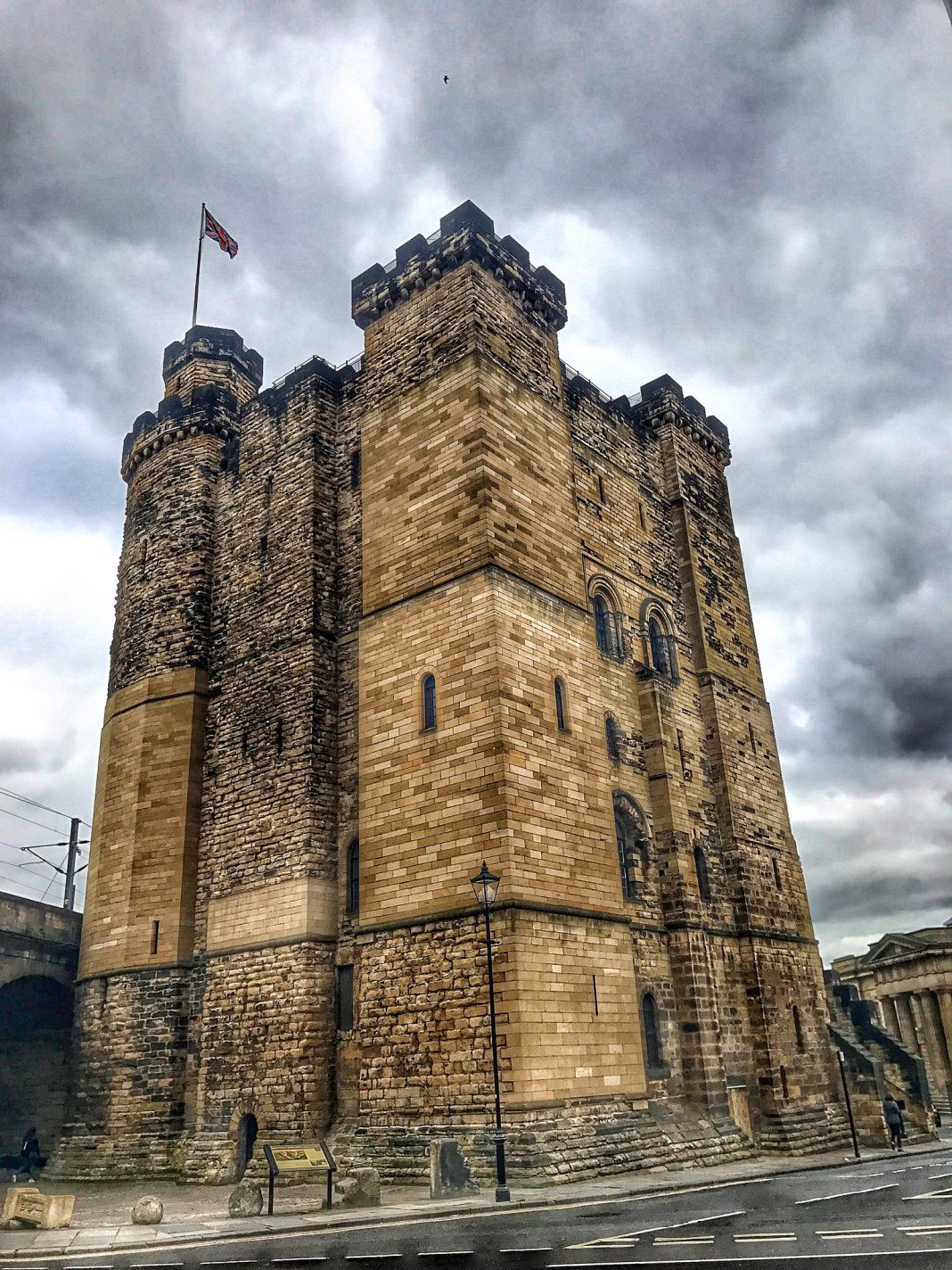Archivists at Newcastle University have discovered a recipe for mince pies that dates all the way back to 1733.
The recipe includes some things you might expect to find in a mince pie – cinnamon, nutmeg, currants, and orange and lemon peel. But it also mentions some surprising ingredients – like shredded cow’s tongue and fortified white wine.
The recipe was discovered in a book in the Blenkinsopp-Coulson (William) Archive, in Newcastle University Library Special Collections.
This archive contains documents connected with the life of William Lisle Blenkinsopp Coulson (1841-1911), a significant character in Newcastle history who founded the Newcastle Dog and Cat Shelter at Spital Tongues.
The mince pie recipe was recorded by William’s cousin Jane Blenkinsopp Coulson, who was living in the Jesmond area around the time she jotted it down.
The recipe reads:
To make minced pyes
- Take a Neats (cow’s or ox’s) Tongue and boil it till the skin come off, and to every pound of meat put to one pound and a half of Suet
- Shred your tongue small and skin your Suet and shred it small then mix them together and shred them again very small then season them with a little Salt, Pepper, good Store of Cinnamon and Nutmeg, a little Cloves and Mace
- To every pound of Meat put to it one pound and a half of Currants, then put in half a pound of Lemon Peel, Orange and Citron cut grossly
- Sweeten it with Sugar lastly put a little Cinnamon on Water, a little Sack (a fortified white wine) and a little Rose water, Shred some Pippins (a type of apple) in among them and a little Verjuyce (a liquor made from the juice of sour fruits)
It is thought that the idea for mince pies was brought back to Europe by returning crusaders in the 13th century. Middle Eastern cuisine at that time often mixed together dried fruits, meat and spices.
The pies soon acquired a Christian symbolism, with their three main ingredients – minced meats, dried fruits and spices – representing the three gifts the three kings brought to the baby Jesus.
Traditionally, mince pies were oblong in shape, symbolising the manger Jesus was born in, and they were sometimes topped with a depiction of the Christ child.
The pies became sweeter rather than savoury in the Victorian era. Nowadays they are almost always made without minced meat though vegans and vegetarians might be alarmed to hear some mince pies still contain suet.
Commenting on the author of the recipe, senior archivist Geraldine Hunwick said, “Jane’s family, the Blenkinsopp family, had held the ancient manor of Blenkinsopp in Northumberland from the 13th century.”
“Jane was the sole heiress to the manor and in 1727 she married William Coulson of Jesmond. As far as we know, they then went on to reside in Jesmond, as by 1832 Blenkinsopp Castle was in complete disuse.”




















